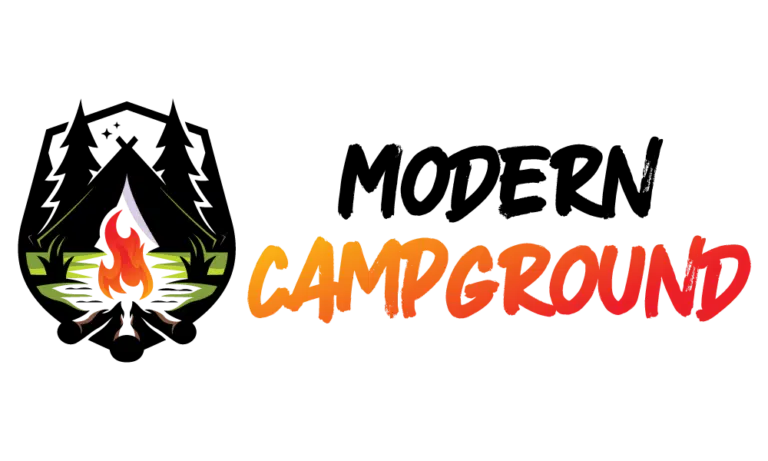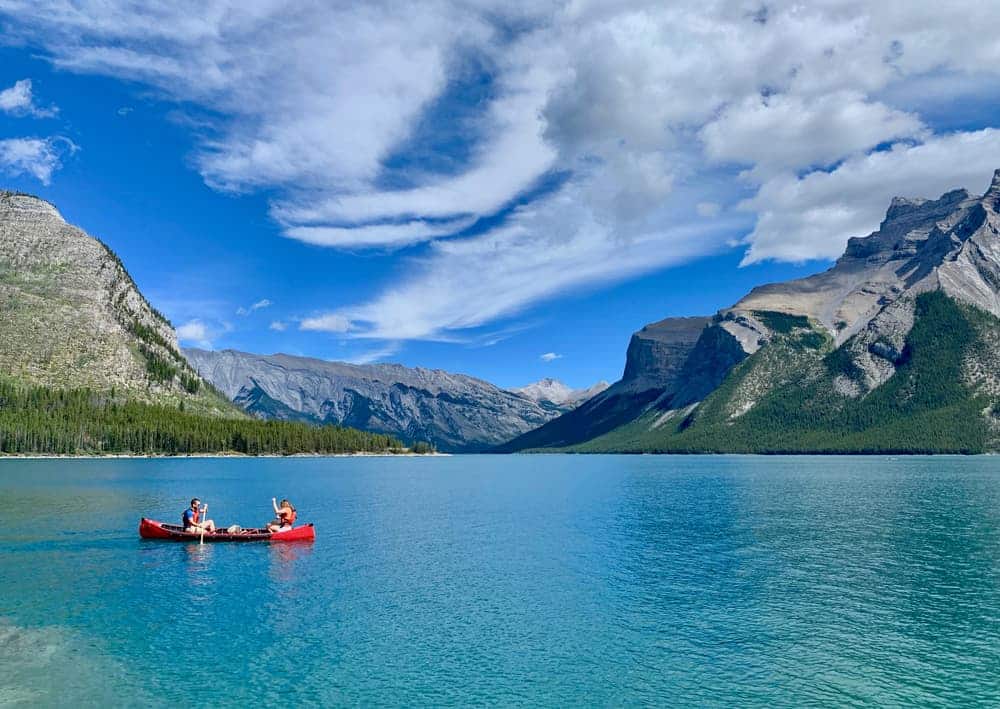Indigenous leaders in the Banff National Park (Alberta, Canada) are spearheading a move to create an Indigenous welcome sign that would greet visitors in Stoney, Cree, Tsuut’ina and Blackfoot languages.
As per a report from the Rocky Mountain Outlook, the sign is aimed at acknowledging and honoring the park’s original inhabitants while promoting the use of Indigenous languages in public spaces.
Although English has become a global language, it is not the primary language spoken in many Indigenous communities. Many Indigenous languages do not have a direct translation for the word “welcome,” making it challenging to incorporate the concept into traditional greetings.
According to Violet Meguinis, Tsuut’ina Nation consultation director and national park’s Indigenous advisory circle member, “We want to make sure that it’s done officially in our languages. The whole idea of inclusion and reflecting on and respecting Indigenous peoples’ history starts here.”
The initiative has the backing of Parks Canada’s Banff field unit, and there are hopes that the sign could be in place by the spring.
Meguinis, and several others representing Treaty 7 First Nations on the park’s advisory circle, have been discussing the idea of creating an Indigenous welcome sign at the east gate of Banff National Park for the past several months.
In its current stage, Indigenous members of the roundtable are working with elders and knowledge keepers in their respective communities to determine the most appropriate translations for each greeting.
According to Elder Tina Fox of Îyârhe (Stoney) Nakoda First Nation, the sign would be a marker of progress on the part of Parks’ relationship with Indigenous peoples.
“Welcoming visitors in the Stoney language is very important for the Îethka people here at Morley,” said Fox. “That was our traditional land in the first place.”
The Banff National Park is home to many culturally significant sites, such as Lake Minnewanka, Horâ Juthin Îmne, and Eyarhey Tatanga Woweyahgey Wakân, which the Îyârhe Nakoda people named. The names translate to Lake of the Spirits, Lake of the Little Fishes, and Sacred Buffalo Guardian Mountain in Stoney.
In addition to recognizing the Indigenous peoples’ history and promoting the use of Indigenous languages, the welcome sign would also be a step toward Truth and Reconciliation, as it would acknowledge the role of Indigenous peoples in shaping the park’s identity and history.
Mike Oka, consultation coordinator for the Kainai-Blood Tribe and member of the roundtable, believes that the sign would be a small gesture with a significant impact on Truth and Reconciliation.
“It would really benefit Indigenous peoples to be acknowledged in this way – to see a sign up there in their native tongue brings a sense of belonging to that area that hasn’t been represented as strongly in recent memory,” Oka said.


